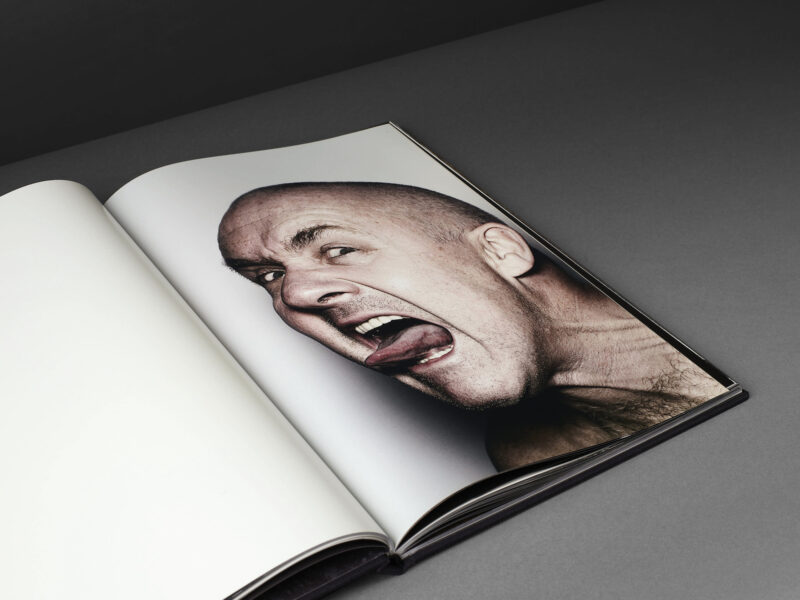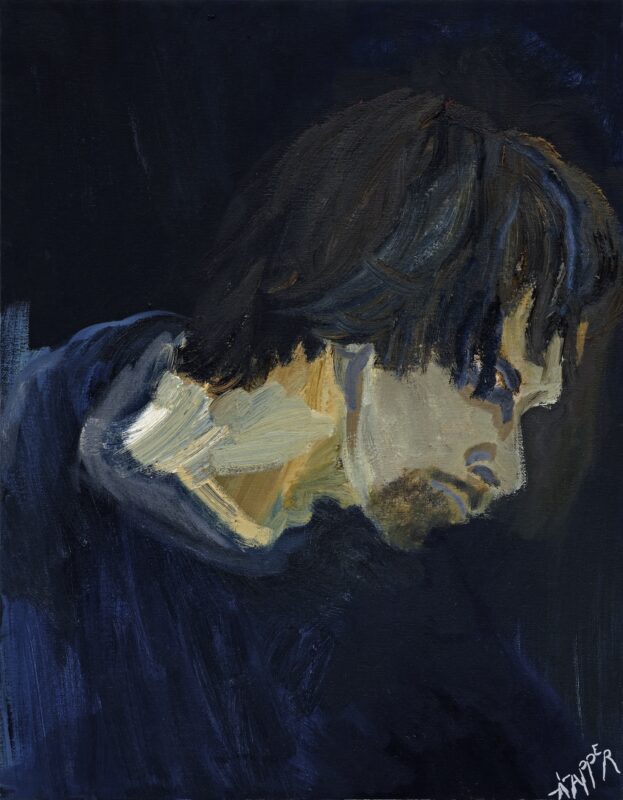
Rankin caught up with Jude Quinn, Senior Specialist, Photographs at Christie’s to talk about his new exhibition ‘SOUND OFF’ a unique look at the last 30 years of music icons as seen through his Lens.
We are connecting over your forthcoming exhibition ‘SOUND OFF’ with TIN MAN ART, focusing on musical portraits between 1990 and 2023. How did the collaboration come about?
Through Mark Westall – someone I have known for over 30 years, he set up his magazine Gspot around the same time as Jefferson Hack and I set up Dazed & Confused, and he has always maintained this opinion that I should be working more in the exhibition space. He introduced me to James Elwes, the founder of TIN MAN ART.
The problem with being a commercial photographer is that you really do move from one commission to another and despite having done eight international museum shows, I am regarded in a very different light outside the UK than I am within it.
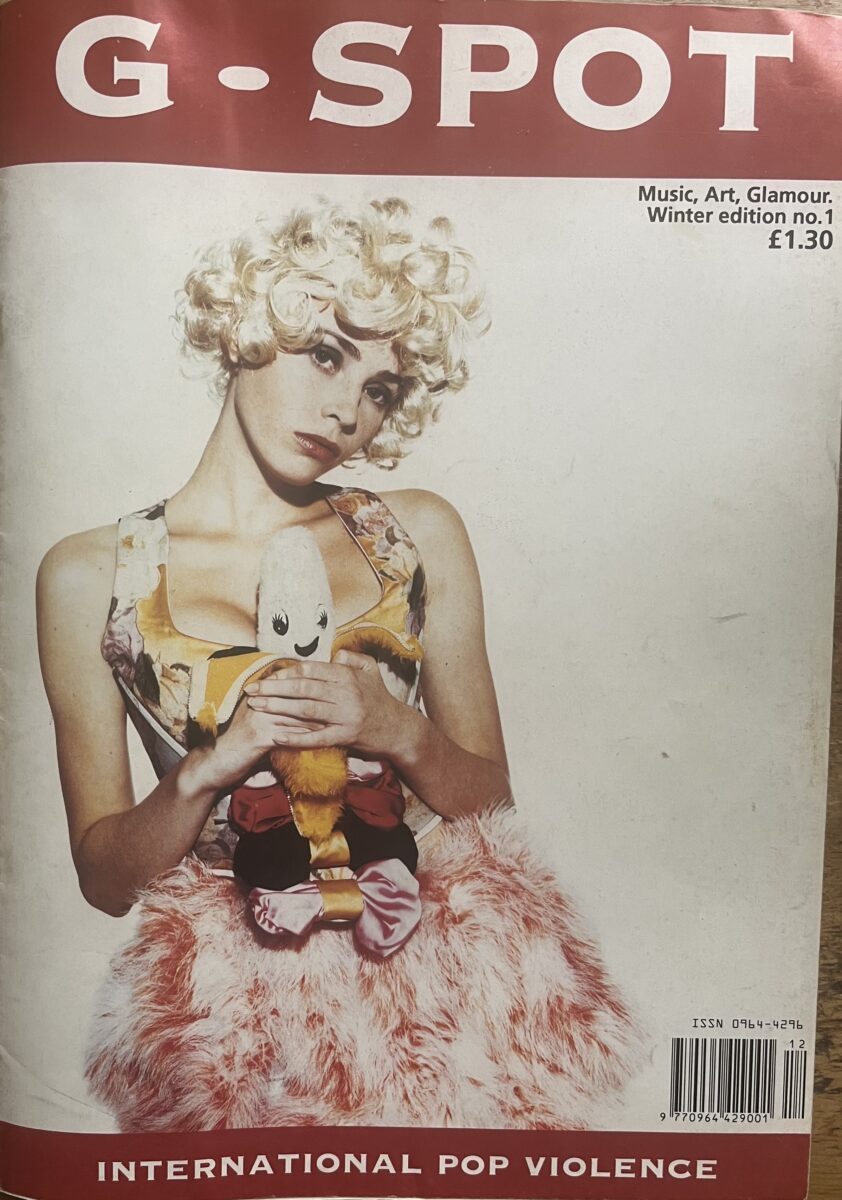
I’m not sure people who know you as a photographer necessarily know that you set up Dazed & Confused magazine in 1990 and are equally successful in publishing as photography. Can you tell me more about your relationship to the printed image vs. the image on the printed page?
I think the best way to describe it is to look at how I have formed my career. I did my first exhibition of printed work in the Curzon Cinema in Soho during my first year BA, followed by a show at the Collection Gallery at the end of my second year – so I have always exhibited my work, and I featured more in group shows as I became better known. I have always felt that seeing my work in a show or a gallery is the ultimate goal.
Exhibitions are such an amazing opportunity to show the quality of the photographs. And because I don’t shoot on small cameras, prints can be blown up to the size of a billboard and still retain the same quality. At the same time, what I have always loved about photography is the democratisation of it, and the idea that when you shoot the Spice Girls you can have millions of fans tear it out of whatever it is printed in and put it up on their wall. I love these two sides to print and printing – they are both as important as each other. When you are making a show the whole rhythm of it is different to when you are making a magazine. Each allows you to play with scale in different ways. Both are important – they’re symbiotic.
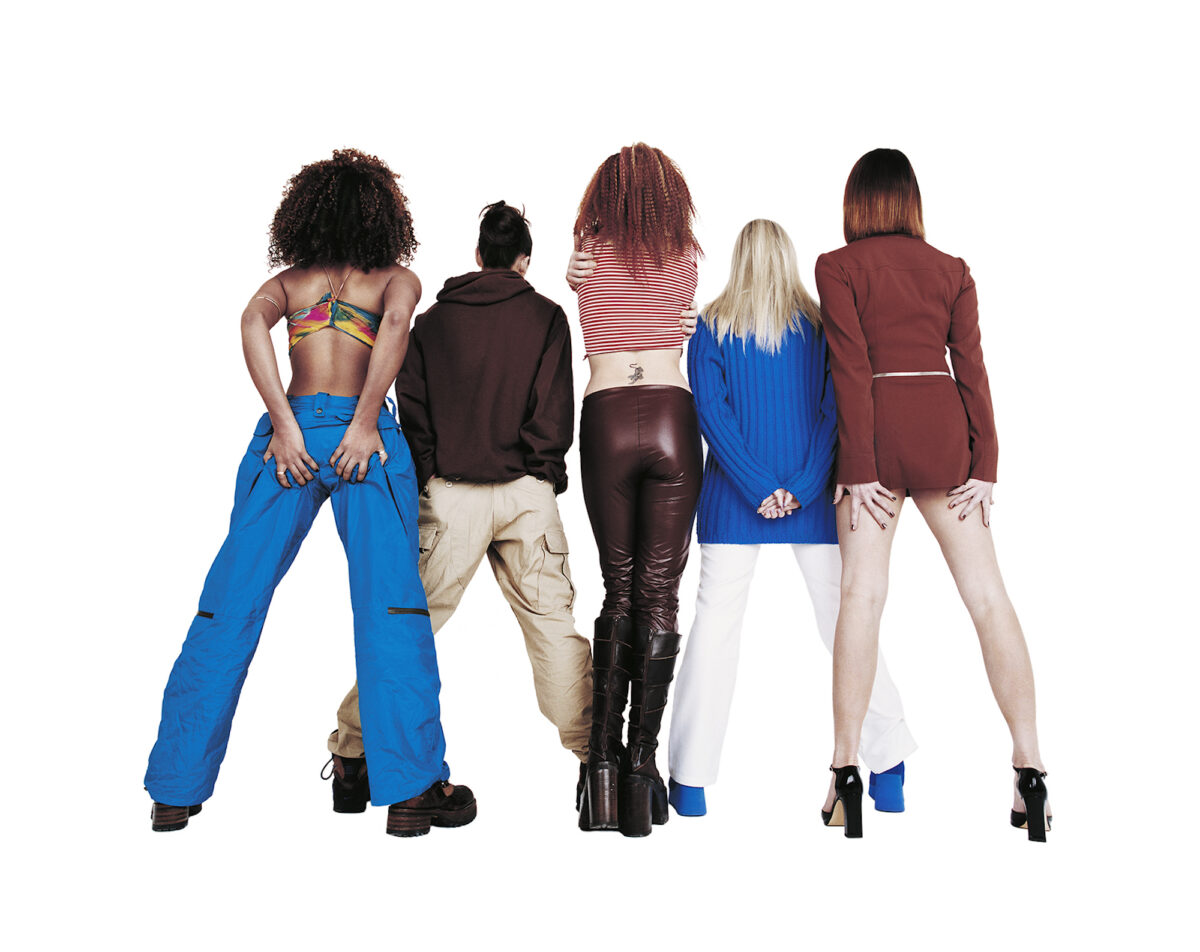
Through Dazed and its related media, you have surrounded yourself with creative people who are trying to push the boundaries of image and art-making across different forms. Where does that rebellious spirit come from in you?
It comes from being a contrarian. I was brought up in Glasgow and “why” was my favourite question when I was a four-year-old – my parents really encouraged that. That is a very Glaswegian, Scottish thing, to be genuinely inquisitive. When I first went to college, I picked up a student magazine at the college door and when I asked who made it, the person said “We made it”. That was a revelation for me. In the past, because of my background, which was very working class, people who made adverts and art were “them”, and suddenly I saw that I could be “them”; it could be me, we. In the early 1990s, I kept saying that we needed to push the boundaries, we needed to challenge our audience, the reader, and the wider photographic establishment. And I think in a sense that comes from being a kind of Scottish contrarian but also from studying photography as an art form and the social and anthropological implications of what photography means.
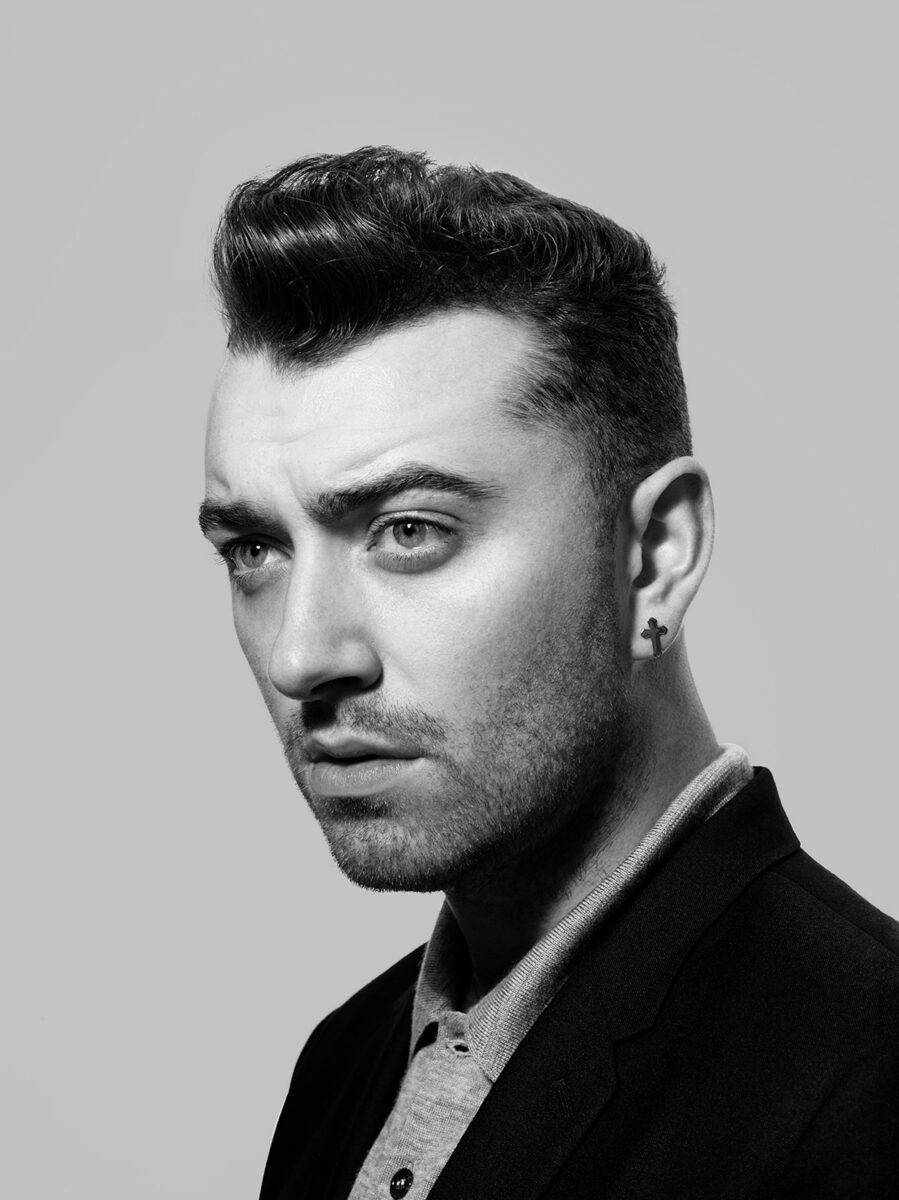
How else did your time at The London College of Printing influence your practice?
I learnt a lot at college and I wanted to go and apply that to photography, but in a way that was accessible. Fashion was very seductive and it was easy to be challenging with it. I am very influenced by the body politic movement, and that definitely came into my work, but in a much more accessible way.
One of the reasons I didn’t really fit in at college is that I felt it was a bit of a bubble and the work was being created for a small audience. I wanted to create work that was for a much wider audience that could actually have an impact. There was an intent to it all – I didn’t go into it wanting to be a fashion photographer. I was influenced by conceptual art and I could see that if we brought that to portraiture and fashion, it could create a new way of looking at that world, something far beyond its surface seduction. That is why a lot of my photographs have an underlying confrontation to the subject. I am using a wide angle lens, I am very close to them, I am asking them to look through the lens to the audience, not trying to be cool. That is why my shots of Bowie are not very cool – they are much more playful, and a bit funny because that was how I was seeing him.
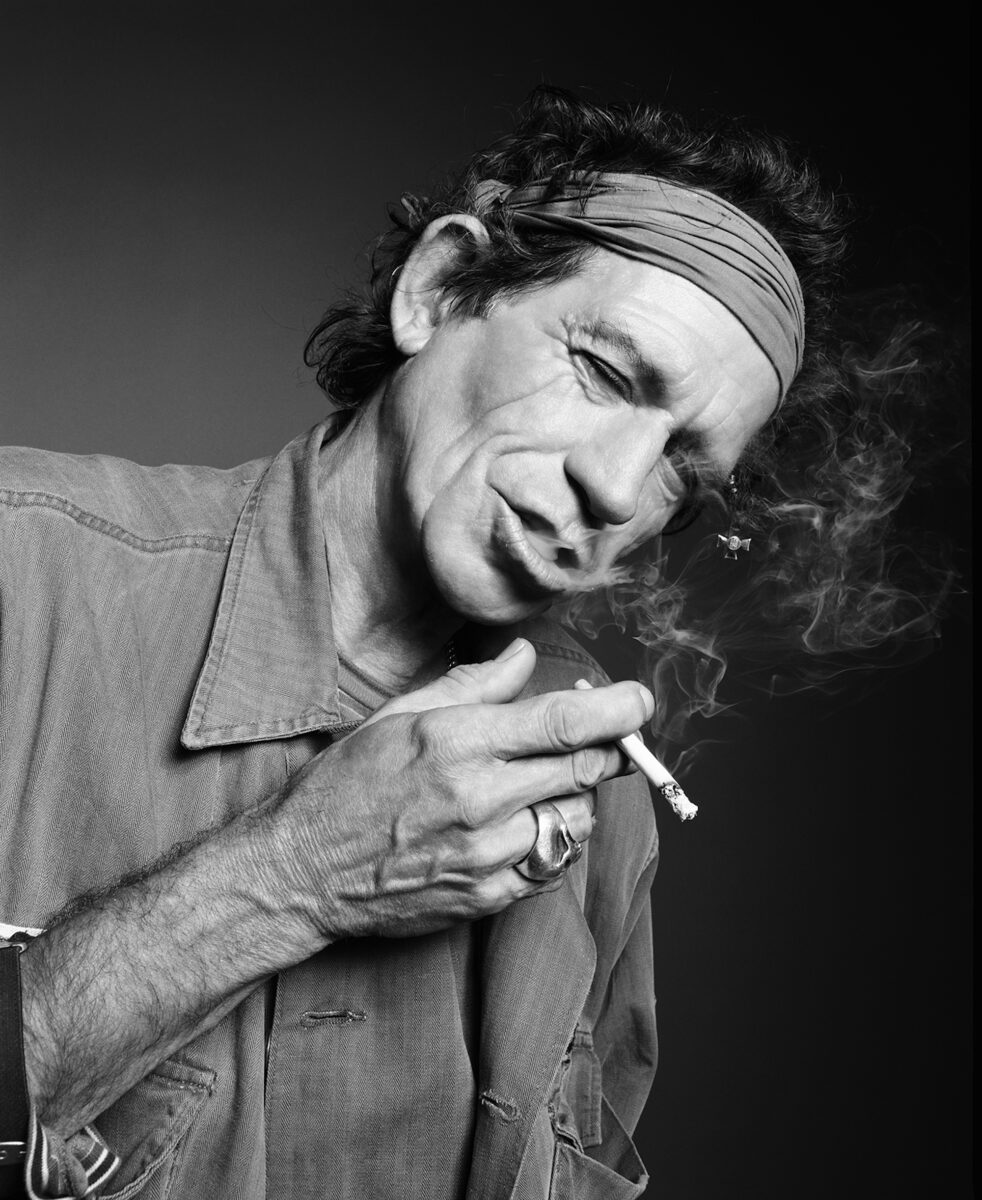
As well as photographing musicians, you have also directed music videos; music clearly plays an important part in your life. Are there any portraits that are particularly meaningful to you?
The Rolling Stones, who are possibly my favourite band ever. Shooting them was amazing because I went to see them at Wembley when I was 16 – I went hooky from school and 20 years later I was photographing then. While my father wanted me to be an accountant, he did encourage me to do what I want. He let me break the rules, and let me skip school that day. The band are known for breaking the rules, I broke the rules to see them play, and then I got to photograph them – it completed the circle. It was like photographing a bunch of 18-year-old boys. That photograph means the most to me. Then David Bailey phoned me up and said “I fucking love that picture of the Stones”.
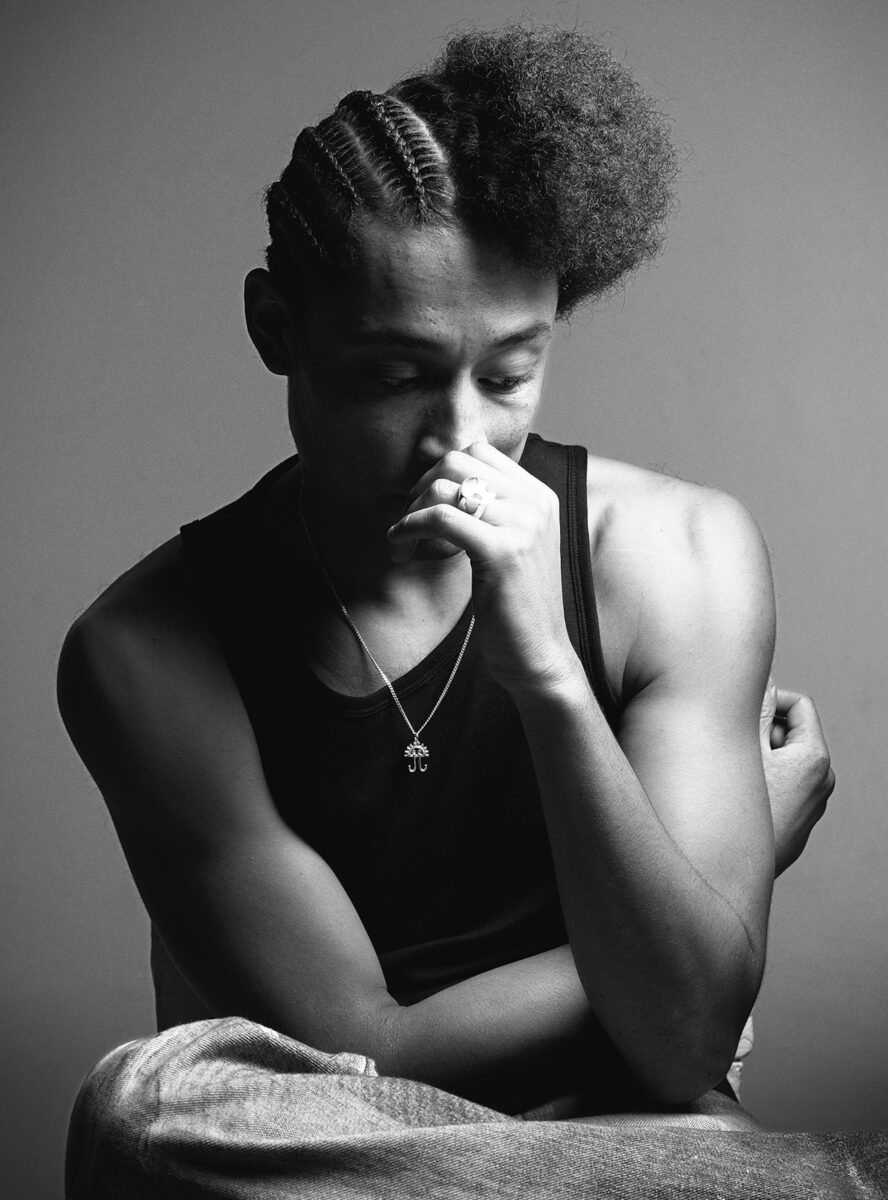
In looking at the earlier images in the show, I wonder if you think you could take the same kind of photograph of, say, Kylie today. What change have you experienced over the years in access to celebrity?
It is entirely different, but also exactly the same when you work with an artist who is engaged with what you are making. Kylie, Dua Lipa, Bowie, U2 – all were entirely engaged. When you shoot Kylie, there is an understanding that she respects the collaboration and has an expectation that you will succeed. There is an innate sense of it being something you do together. Actors have much more protection around them than musicians. Because they are essentially playing characters, they don’t really like showing themselves. That is why some of my better photographs of actors are of them playing up to the camera. However, a musician is a volume-controlled version of themselves. Even now, with people like Dua, she understands that. There is also a vulnerability to being a musician that comes through in photography.
Much of your work is studio based, which doesn’t always give you a great deal to work with. How do you draw personality out of your sitters?
Very rarely do I go with a pre-conceived idea. Right from the very beginning, my idea was to collaborate with my sitters to almost make it a dramatic piece as opposed to trying to capture something. I 100% worked on the basis that if you shoot against something that hasn’t got any distraction then the focus is the person. That was very much the opinion of Richard Avedon, Irving Penn and David Bailey – huge influences on me in that regard. My whole approach is about saying to the person;
“We make this together. I am not going to use a picture that we don’t love together”.
And that allows me to push them, and because I was allowed to push them, I got more out of them. And when digital came along, I loved it and thought it was brilliant because it meant I could really collaborate, by showing them images as we work. The idea of photographers capturing something I find strange – I don’t get it.
Your catalogue of achievements is considerable in a career spanning three decades; you have shot major fashion campaigns, run multiple creative publications and agencies, you make films and books as well as regularly undertaking charitable work. What drives you?
It is the working-class spirit that drives me. I used to compare myself to some artists and wonder why I didn’t go down the same road, I came from a very similar place to some of the YBAs, but I think I was scared of failure and the opportunity to have a career and make money was important. I am very much influenced by my dad – he was someone that did well but always reminded me that you might not always have a house or a living.
Then, from around 2006 I stopped worrying about where my work stood. My biggest competition is with myself and wanting to be better and better. Also I have defied a lot of the conventions on how people run their careers and I attribute that to my parents giving me the confidence to reinvent myself.
Finally, what is the musical portrait you wish you had taken?
One of my favourites is David Montgomery’s photograph of Mick Jagger, which was done for Sticky Fingers and it is the most amazing photograph of Mick ever taken – he is naked holding the album cover in front of him. I bought a print of it because I just love it so much. I think David Montgomery is one of the most unheralded photographers of his generation – that picture was so brilliantly vulnerable, sexy and confident at the same time. It is a very brilliant image of a person at the height of his talent.
I work on the Abbey Road Music Photography Awards and I am always really excited to see what the young photographers are doing. Photography represents the music in a way that movies and films can’t really do – it’s very pure.
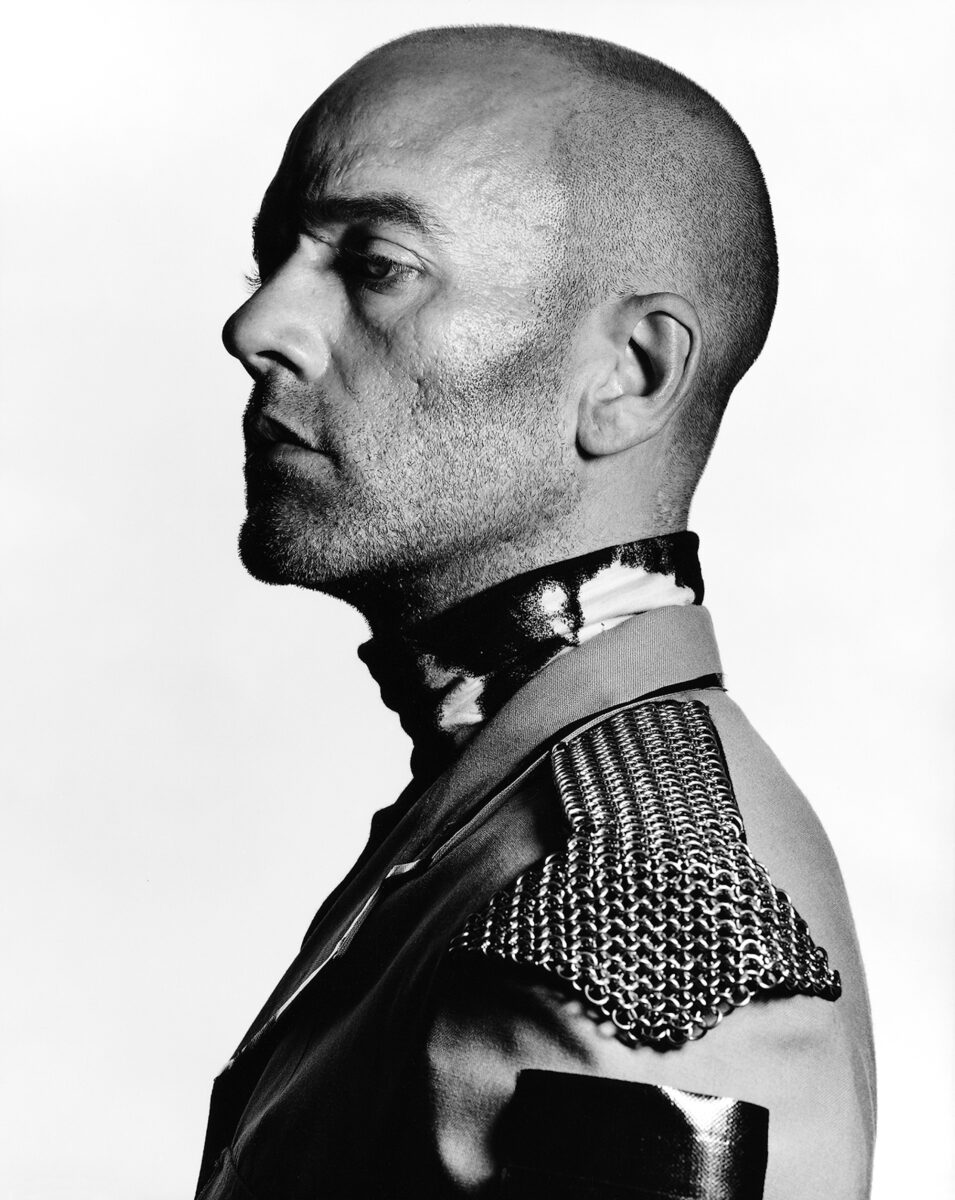
RANKIN: Sound Off – Musicians 1990-23, 12th-24th March 2024, Cromwell Place, TIN MAN ART
The show will feature Radiohead, Michael Stipe, PJ Harvey, Dua Lipa, The Spice Girls, Björk, Kylie, David Bowie, Loyle Carner, Sam Smith, Debbie Harry, Keith Richards, André 3000, Jay-Z, Natalie Imbruglia, the Gallagher brothers, Pulp and Stormzy. An exhibition catalogue will also made be available.


